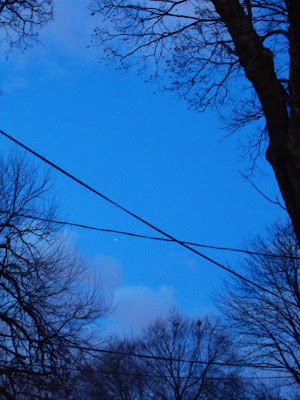I’ve been slogging through mounds of paperwork and happened upon the oddest phrase in a rather revealing statement of purpose. Someone described himself as “flamboyantly heterosexual.” Flamboyantly heterosexual? Really?! I’ve heard of metrosexuals, and flamboyant homosexuals, but never flamboyant heterosexuals. What might that mean? Does he dress like a lumberjack, or a plumber with the omnipresent visual of…well, let’s say, the beginning of the torso’s division at the rear of the spine? Does he communicate in monosyllabic grunts? Bottle up his emotions? Crush beer cans with his bare hands when his favorite team scores a touchdown, or a homerun, or a hole in one?
Unless the author of the statement deliberately wished to convey the message that he is a walking stereotype (perhaps outdated ones at that!), wouldn’t “metrosexual” have proven a more apt descriptor?
I remained puzzled until I spent time in the garden yesterday (in our glorious 70 degree February day!). And then I saw it: flamboyant heterosexuality at its best!
Kerria japonica began to leaf out yesterday (or, given the maturity of one leaf, the previous day).
Aerial reinforcements to advance the revolutionary cause have arrived!
I do masculinize Kerria, and I’m not sure why. Regardless, he, like Petasites, uses his masculinity (their flamboyant heterosexuality?) in the spring garden to tremendous, rousing effect! His lithe chartreuse stems, populated by red, bulging buds, seem otherworldly. One would think his gangly self could not endure; his lankiness, though, belies his brawniness. He is a star.
Perhaps, then, there is more than horticultural coincidence—perhaps there is deep significance—that Star of Bethlehem too emerges from the cold, soggy soil, sporting her slender spring green leaves with narrow white medians. Each compliments the other and reinforce their avant-gardism.
This is flamboyancy at its best!











